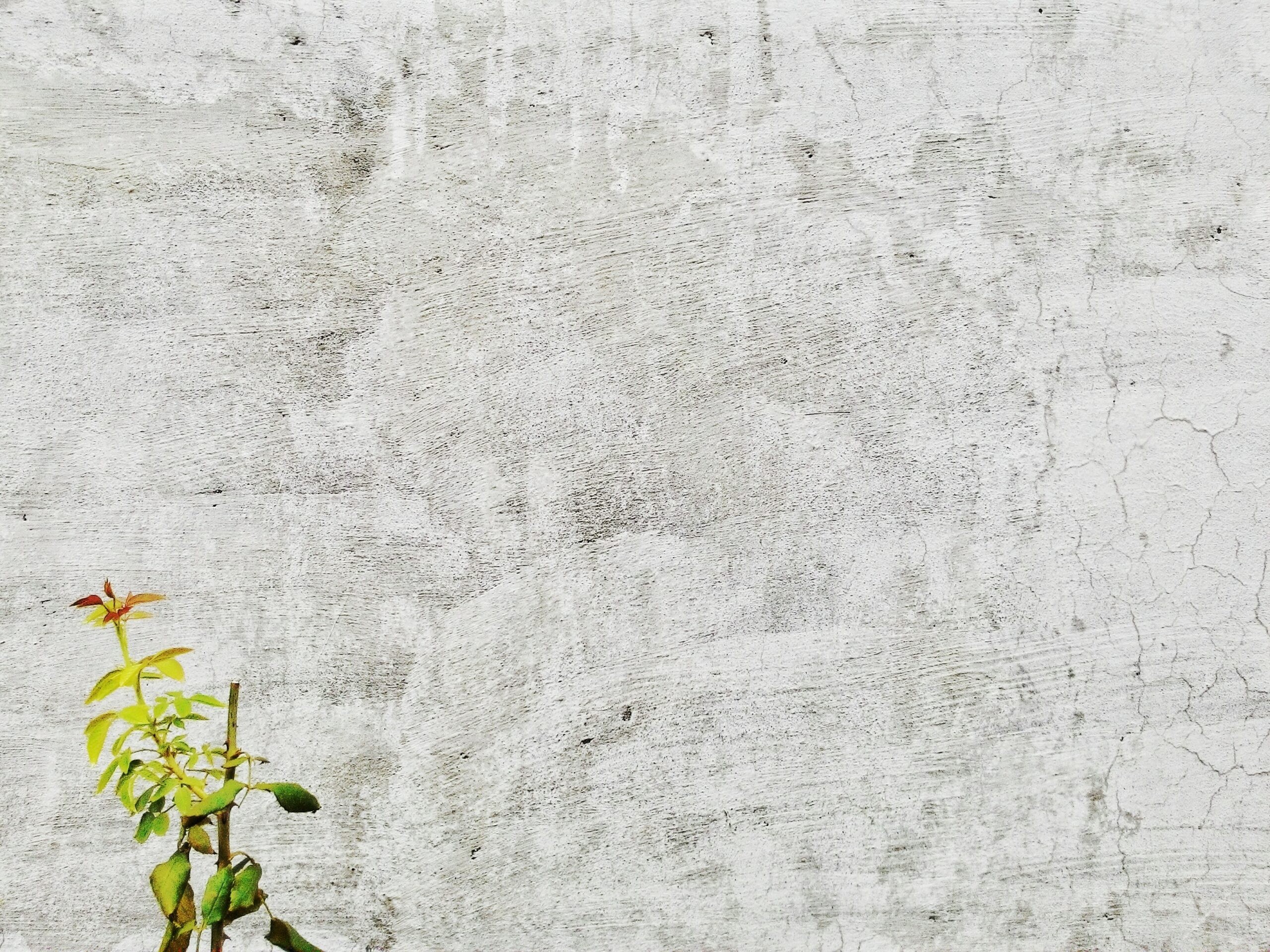Sheet stock is a popular choice when it comes to covering or creating flat surfaces on a large scale. 4 x 8 feet is the usual size most people take on, though there are several standard sizes of sheet materials to choose from. Typically, they are found used for ceilings and walls. In some cases, particular nails or screws are necessary for installation. There are also sheet materials that are eco-friendly.
Drywall
The making of the material itself is rather straightforward. Gypsum plaster is typically compressed to make rigid sheets. Down the line, each side then gets covered with thick paper. There are variations that get treated in a number of ways, which are also readily available. In order to identify them easily, they’re usually colour-coded. There are sheets that have more than one quality to them, such as resistance to both fire and moisture.
No matter what type you get, it’s possible to choose between tapered or square edges. If plastering is imminent, square-edged sheets are key. On the other hand, drywalling would be best with taper-edged sheets.
- Sheet Size
As previously mentioned, drywall generally comes in sheets. The 4 x 8 feet size being the most common doesn’t mean that larger ones are not available. A good rule of thumb is to have sheet sizes at hand, which lessen the seams seen at the end of the process.
- Sides
When you get standard drywall, one side is dark brown or gray while the other is a pale gray or ivory. No matter what the purpose is, it’s always the lighter surface that should be facing into the room. Aside from visible seams along the edge, chances are, the logo of the manufacturer is on the darker side as well.
- Thickness
As any home repairs professional will tell you, there are many thicknesses to drywall. The most common ones are 1/2 inch and 3.8 inches. If the screws or nails are rather far apart, such as a rather big gap between joists or studs, then the sheets must be thicker.
Variations
- Foil-backed
One side of this has vapour-resistant paper. That means it’s less protected than sheets that are moisture-resistant. The non-decorative side has a foil-like silver layer that’s best for cold climates, and shouldn’t be used in humid climates or materials that resist moisture.
- Fire-resistant
When this drywall is in use, as the name suggests, it has better fireproofing qualities than standard drywall. It is best for stairwells, integral garage ceilings, and certain corridors.
- Soundproof
As the name suggests, it is meant to assist in the filtering of sound. It is far better at this than the other varieties of drywall. It is best for ceilings and walls in condos or apartments.
Conclusion
Knowing basic information about drywall will help, especially when calling for around-the-home handyman services. There are many variations, such as soundproof, fire-resistant, and foil-backed. While the standard size is 4 x 8 feet, it is also available in larger lengths.
Searching for an Ottawa handyman? Contact Gillespie Handyman today! We offer a wide range of quality home improvement services in Barrhaven, Kanata, Nepean, and Orleans in Ottawa and Eastern Ontario.

